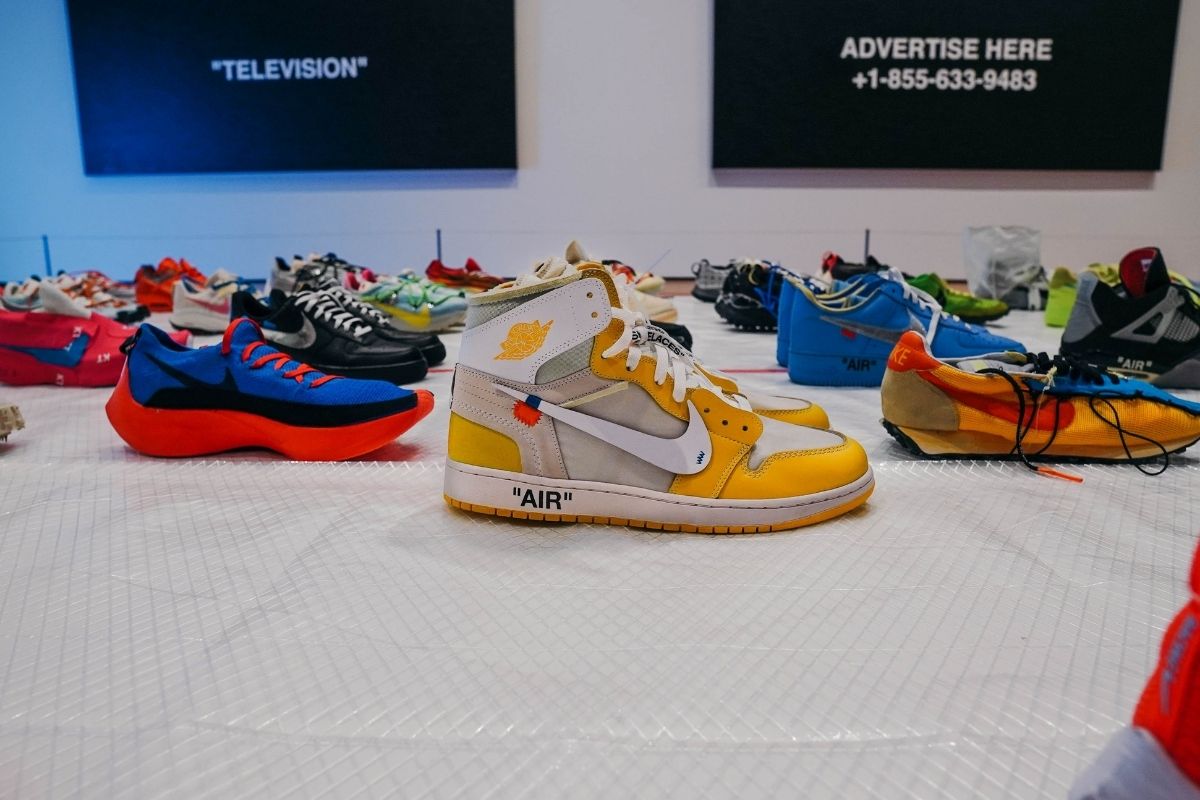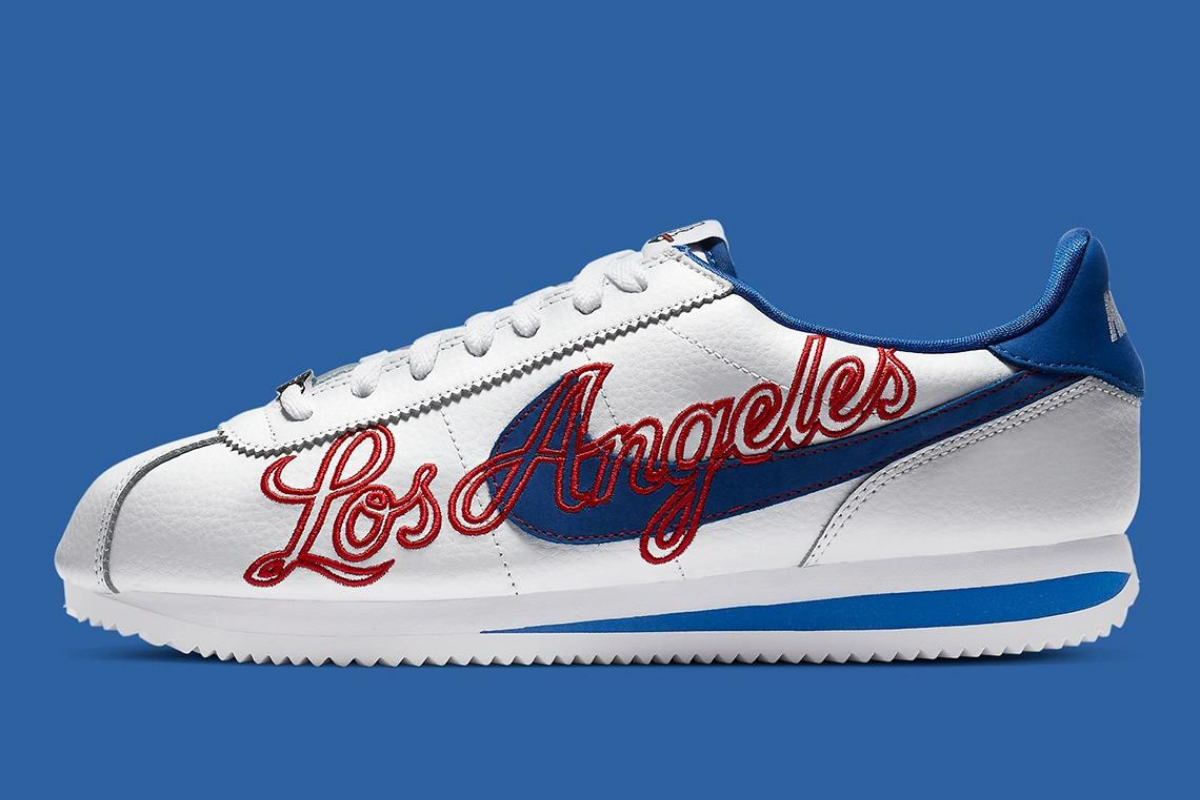Lower Barriers to Entry in the Sneaker Industry
Sneaker media now is about a lot more than just writing about when the shoe is coming out and which stores will carry it. You have to figure out what people in the scene care about. You have to create video content that can kind of give your own spin on that shoe beyond the objective facts around how much it is and how limited it’s going to be.
Sneaker education, and particularly online sneaker education, have opened up the world of sneaker design and media to more people around the world than ever before. There are just so many more voices out there.
It’s also interesting because now, brands are kind of competing with sneaker media. When sneaker blogs first came about, brands and the sneaker industry in general hadn’t really figured out how to tell their own stories around shoes, so they had to rely on websites like Sneaker News or Complex to tell those stories for them.
Now, the brands have their own ways of telling these stories and are increasingly more interested in doing so because they can control those narratives and they can create them on their own terms. There’s a little bit of a push-and-pull now in that relationship because brands would rather tell the stories themselves in a lot of instances.
Sneaker media is something that evolved as a reaction to sneaker culture. I feel like you had people who were super interested in sneakers. You could see that in something as simple as basketball.
Not to make Michael Jordan an example of everything, but Air Jordan, to some people, was as big a deal as Michael Jordan himself. Regular media, whether it’s newspapers or even magazines, were sort of slow to pick up on that. You would maybe get a photo of a sneaker somewhere.
I believe it was in 1987 that Sports Illustrated wrote a little column next to a piece on Michael Jordan about the Air Jordan 2. That was a huge moment and something that I cut out. I think I still have it somewhere because it was a whole thing specifically on the shoe.
This is off-topic a little bit, but that was the attainable part of Michael Jordan’s sort of magic. It’s like you couldn’t literally be Michael Jordan, but you could wear the same shoes he did. To find something you could read about that shoe was really special back then.
This was even before Bobitto wrote his piece in The Source. That piece took this thing that a lot of people were interested in, and one person who knew a lot about it talked about it. That made a lot of people realize, “Hey, I’m not alone in this.” I think we all had friends we talked about sneakers with, but knowing it could be this thing was super important.
I remember when I was writing to SLAM to try and write for them. One of the reasons I wanted to is because I knew the first Air Jordan Retros were coming out in 1994 or 1995, probably because they were in a magazine. I forget who mentioned it. But I wanted to write about them somewhere, and SLAM seemed like the place I would be able to do that.
Sneaker media before that was a very service-oriented thing, whether it would be Consumer Reports talking about something or specifically running magazines. I think those magazines probably don’t get enough credit. Magazines like Runner’s World talk about running shoes, but as a tool. They’re not talking about it as if it’s cool because it has this visible airbag. It’s like, “No, we ran in this for 500 miles, and here’s what we liked about it, and here’s what we didn’t.”
Since then, obviously, it’s blown up everywhere. Bobbito did a sneaker show on ESPN. You had web-based sneaker shows even just in the Complex network, whether it’s Full Size Run or Joe La Puma doing Sneaker Shopping or DJ Clark Kent and me doing Quickstrike, which predated a lot of those things.
It was a matter of knowing an audience is out there and convincing someone to take the chance on you to serve that audience. I think that’s the most important part — the audience was there, and the interest was there. The audience just needed that product to serve them, and it grew up around them.

